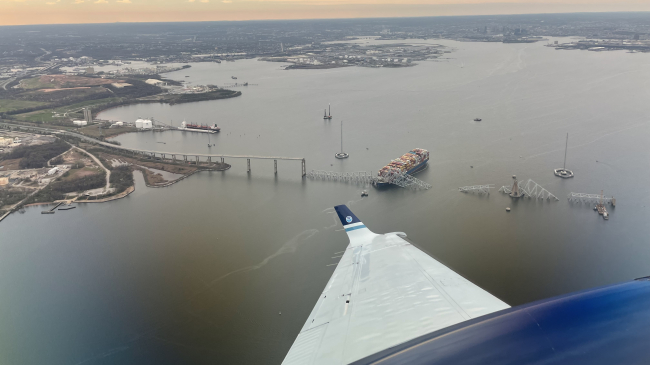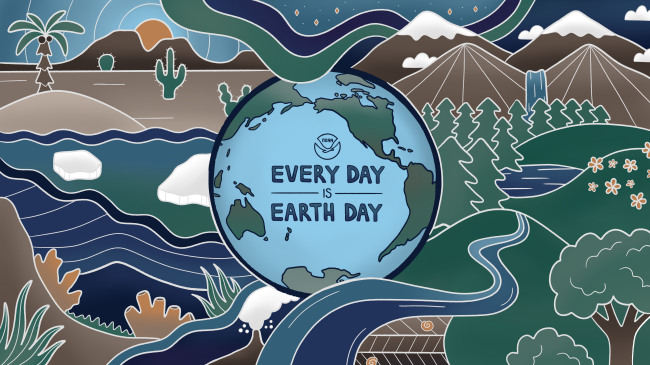Citizen scientists driving discovery.
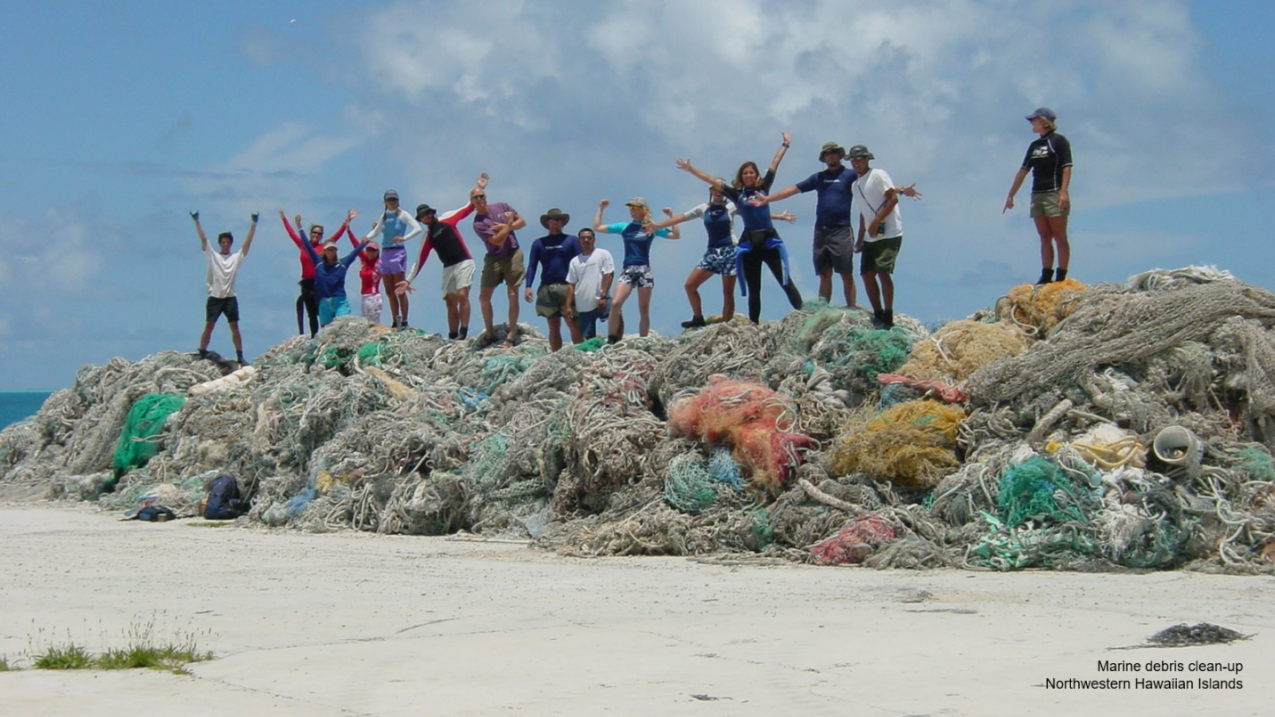
Marine debris clean-up in the Northwest Hawaiian Islands. (Image credit: NOAA)
Citizen science is in NOAA's DNA
Citizen science helped shape NOAA from the start.
The National Weather Service’s origins date to the early 1800s when new access to the telegraph allowed weather reports from distant areas to be collected, plotted and analyzed at one location. By 1849, 150 volunteers across our young nation were submitting local reports to an increasing number of stations.
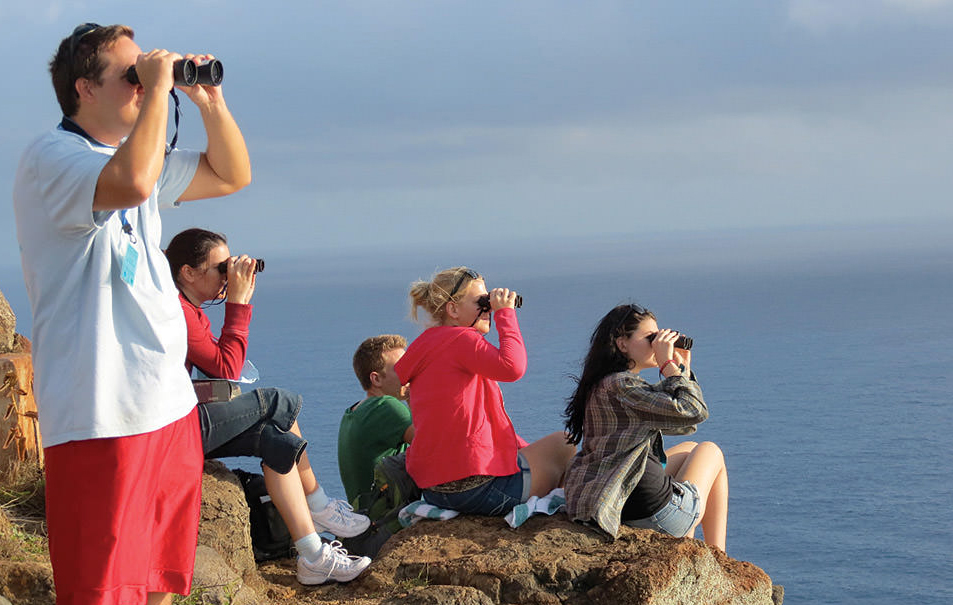
This network has never stopped growing. Today many thousands of volunteers provide near real-time weather and climate observations. They report from every part of the country, often daily, and from one generation to the next.
Collaborating with many partners, NOAA’s Office of Education and offices across NOAA continue to make citizen science a vital part of observing, predicting and protecting our environment.
Citizen science helps address societal needs; cost-effectively enhances research and monitoring; provides authentic learning experiences; and connects the public to NOAA's mission.
Each year citizen scientists volunteer more than 500,000 hours to over 40 projects involving NOAA and our partners.
Here is a look at their stories:
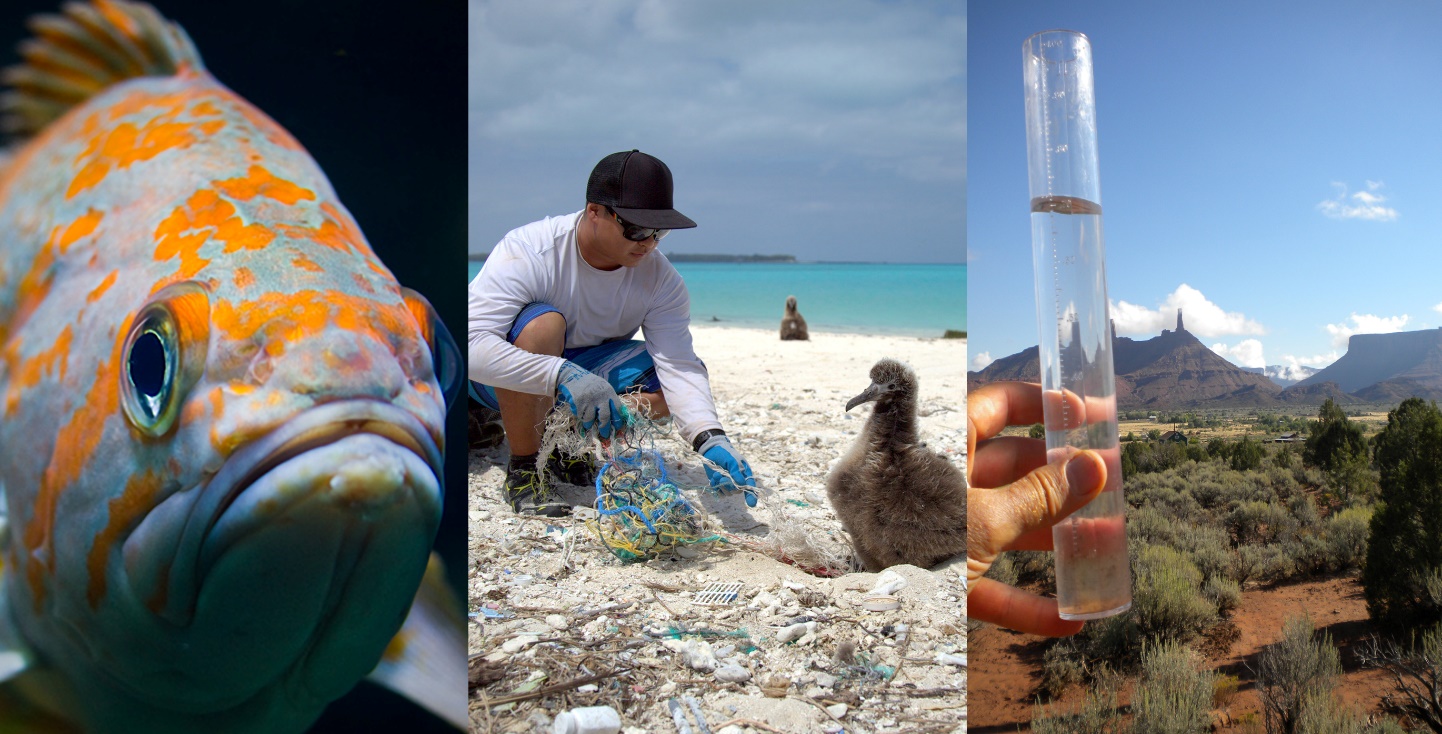
Between 2014-2016, charter boat captains and 100 volunteer anglers collected 100 rare rockfish in the Northwest’s Puget Sound region. Three species had been listed as threatened or endangered, and NOAA looked to local ecological knowledge for the scientific sampling required for recovery.
Genetic analyses from these fishing trips provided new information and contributed, in 2017, to the delisting of Canary Rockfish and expanded protective boundaries for Yelloweye Rockfish.
Marine debris research and education are getting a boost from the Marine Debris Monitoring Toolbox, which NOAA partners and volunteers are using to conduct monthly surveys of nearby shorelines and waterways. Results are logged in a NOAA database.
There is a toolkit for educators and a Marine Debris Tracker that allows trash to be tracked, characterized and logged from anywhere.
Measuring precipitation offsite link
Whenever rain, snow or hail falls in an area, CoCoRaHS volunteers measure offsite link and map offsite link the amount, giving those who require these data an increasingly clear and online picture of precipitation totals and locations.
CoCoRaHS (ko-ko-rozz) is the acronym for the Community Collaborative Rain, Hail & Snow network.
Using low-cost tools, more than 20,000 volunteers across all 50 states provide on-the-ground data in real-time for NOAA forecasters, farmers, emergency and water resource managers, and numerous others to analyze and apply.
Predicting future change
Old Weather offsite link — Clues to future climate
Everyone can join in this effort to help scientists better understand long-term changes in the Arctic. Although geographically remote, these changes have significant global reach.
Through the “Old Weather” project, thousands of citizen scientists with highly diverse backgrounds and interests are recovering millions of weather and environmental records from historical ship logs and other documents and converting them to digital formats. The information is then integrated into large-scale datasets supporting analyses of centuries of Arctic and global change.
These analyses help predict far-reaching future change and its human and environmental implications.
Saving endangered Steller sea lions
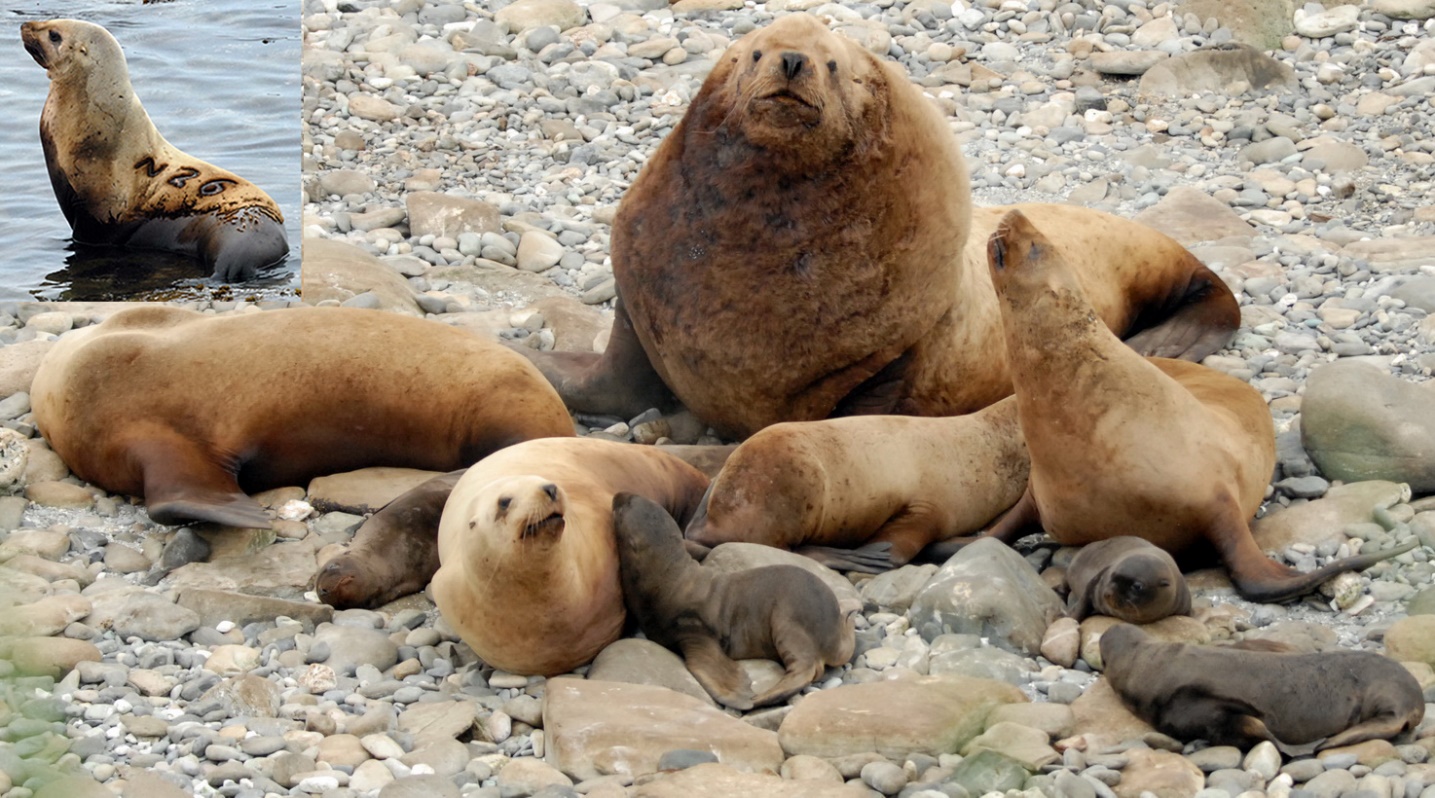
In the past 30 years, Steller sea lions in Alaska’s remote western Aleutian Islands have nearly vanished.
To understand why, NOAA staff marked a small number of sea lions to track movements and survival throughout their lives. But given the remote locations, sightings are difficult.
Steller Watch’s online volunteers help tackle this challenge by classifying images captured by remotely-stationed cameras. In just one year, they have classified 340,000 images, carefully viewing each multiple times for a total of three million views. By narrowing sea lion images to just those with readable marks, citizen scientists have already saved NOAA Fisheries hundreds of viewing hours.
Reporting the weather
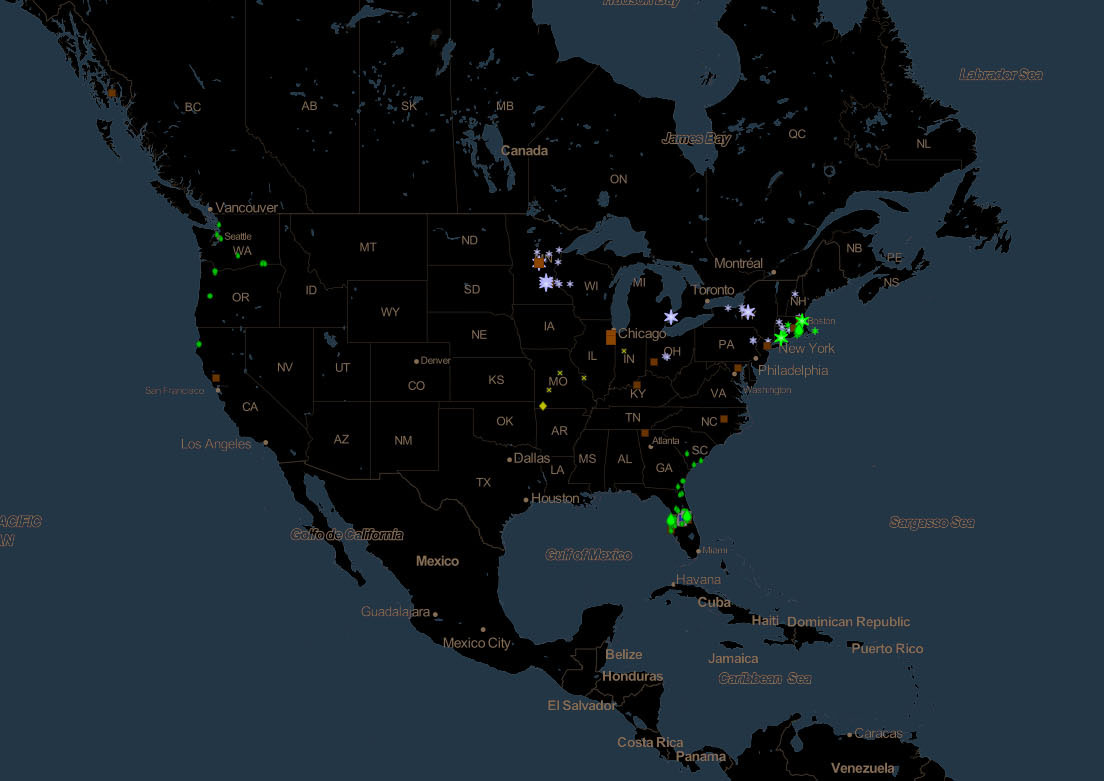
If hail is hitting your roof, or snow is blanketing your drive, NOAA forecasters want to know. With the free mPING app, that’s easy to do. Anyone, anywhere can report conditions via mobile devices.
mPING is the acronym for Meteorological Phenomena Identification Near the Ground.
Since radars can’t “see” on the ground, the information helps meteorologists fine-tune weather forecasts, especially those related to road maintenance, aviation operations and public warnings. The data also help shape new radar and other forecasting technologies.
Reports can be submitted on a minute-by-minute basis and, after quickly archiving the reports, NOAA puts them on a public map.
Discovering the deep sea
Ocean Video Lab’s new portal opens an amazing underwater world to citizen scientists, enabling them to explore remote areas of the ocean. Viewing many hours of video collected on ocean expeditions, volunteers thematically bookmark content, saving time for scientists.
Rather than viewing a full dive, for example, a biologist specializing in corals can jump right to a bookmarked coral site. A geologist can advance quickly to footage of faults.
Scientists’ detailed annotations build on the general notes of volunteers, greatly enhancing the efficiency of ocean exploration.
Making our waters safer
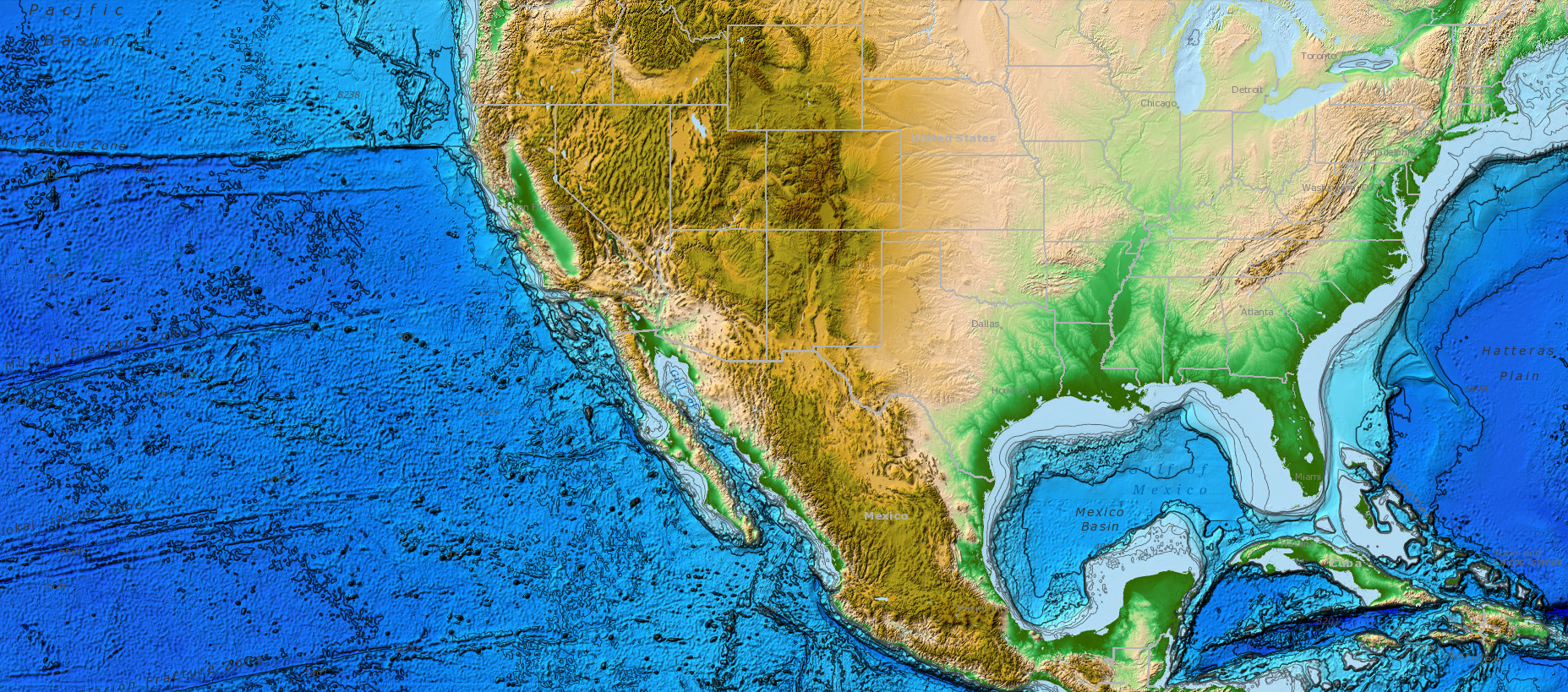
Bathymetry, knowledge of the seafloor’s depth and shape, is vital to safe, sustainable and cost-effective activities at sea. Yet much of our nation’s seafloor remains unmapped and unexplored.
NOAA and industry are collaborating to help fill this gap and have already provided over 80 million measurements from more than 100 fishing and recreational boats, cruise ships, tankers and tugboats. The vessels log data, which is transmitted to NOAA and then made public.
The crowdsourced data identify uncharted features, help confirm the accuracy of existing charts, and provide an efficient way of determining where rigorous surveys are needed.
Keeping communities safe
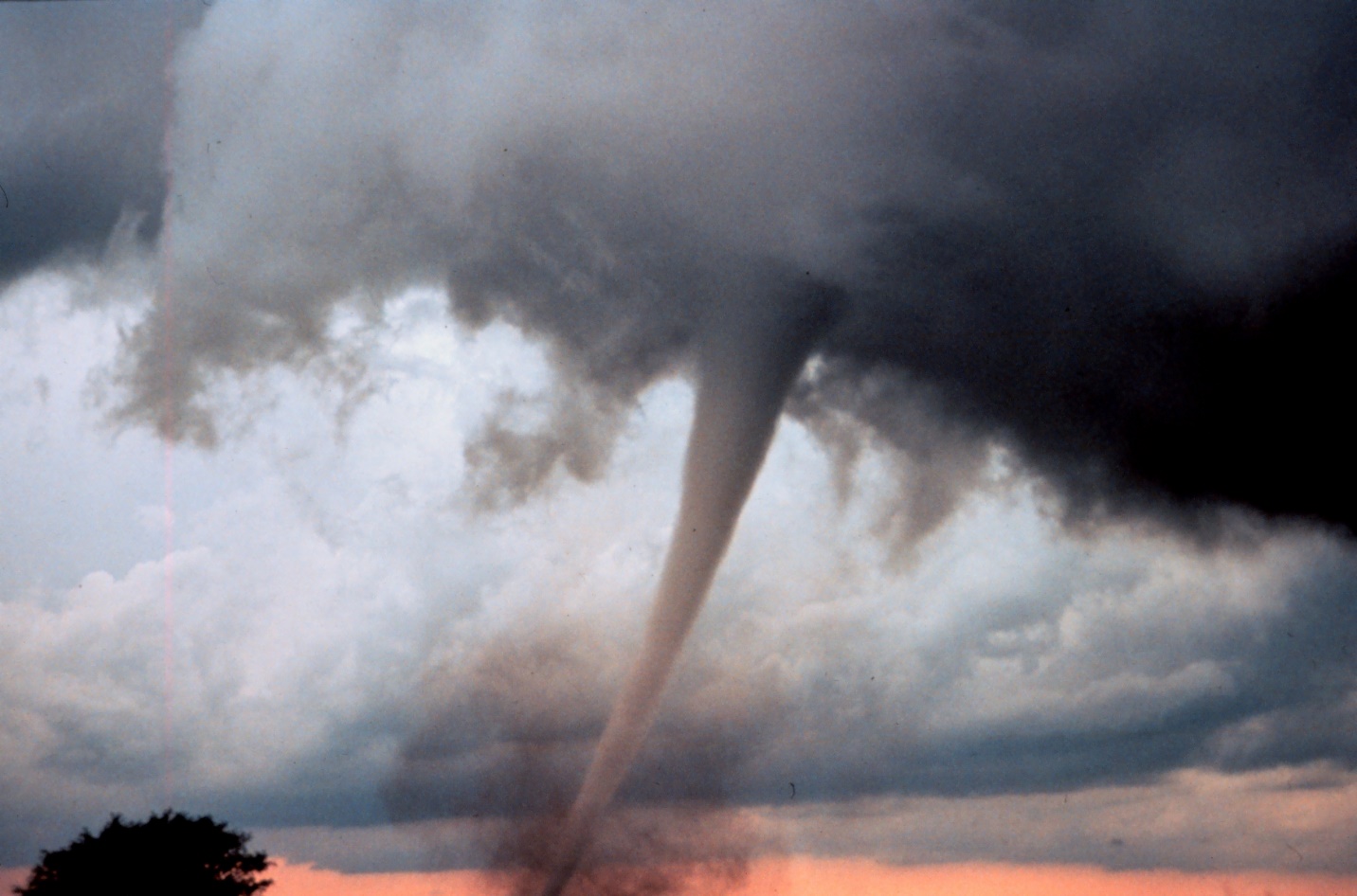
SKYWARN® severe weather spotters give their communities the gift of time – crucial minutes and seconds of lead time that save lives.
More than 350,000 National Weather Service-trained volunteers from all walks of life help protect their communities with timely reports of hazardous weather, especially severe local storms.
Along with Doppler radar and improved satellite and other data, spotters enable NOAA to issue more timely and accurate warnings for tornadoes, severe thunderstorms and flash floods. In most years, such events cause hundreds of injuries and deaths and billions in property and crop damage.
Tracking marine mammals
Channel Islands Naturalist Corps
Watching marine mammals provides greatly added value in Southern California where a corps of 150 trained volunteers identifies marine mammals and educates the public during local excursions.
Using a Whale Alert offsite link app that feeds into a marine mammal database, citizen scientists detail sightings in near-real time. Volunteers record sightings of nearly 30 species, including endangered blue whales and humpback whales.
An analysis of whale sightings and travel patterns into Santa Barbara Channel led to modified ship routes, reducing the threat of ship strikes to large whales.
More paths to discovery
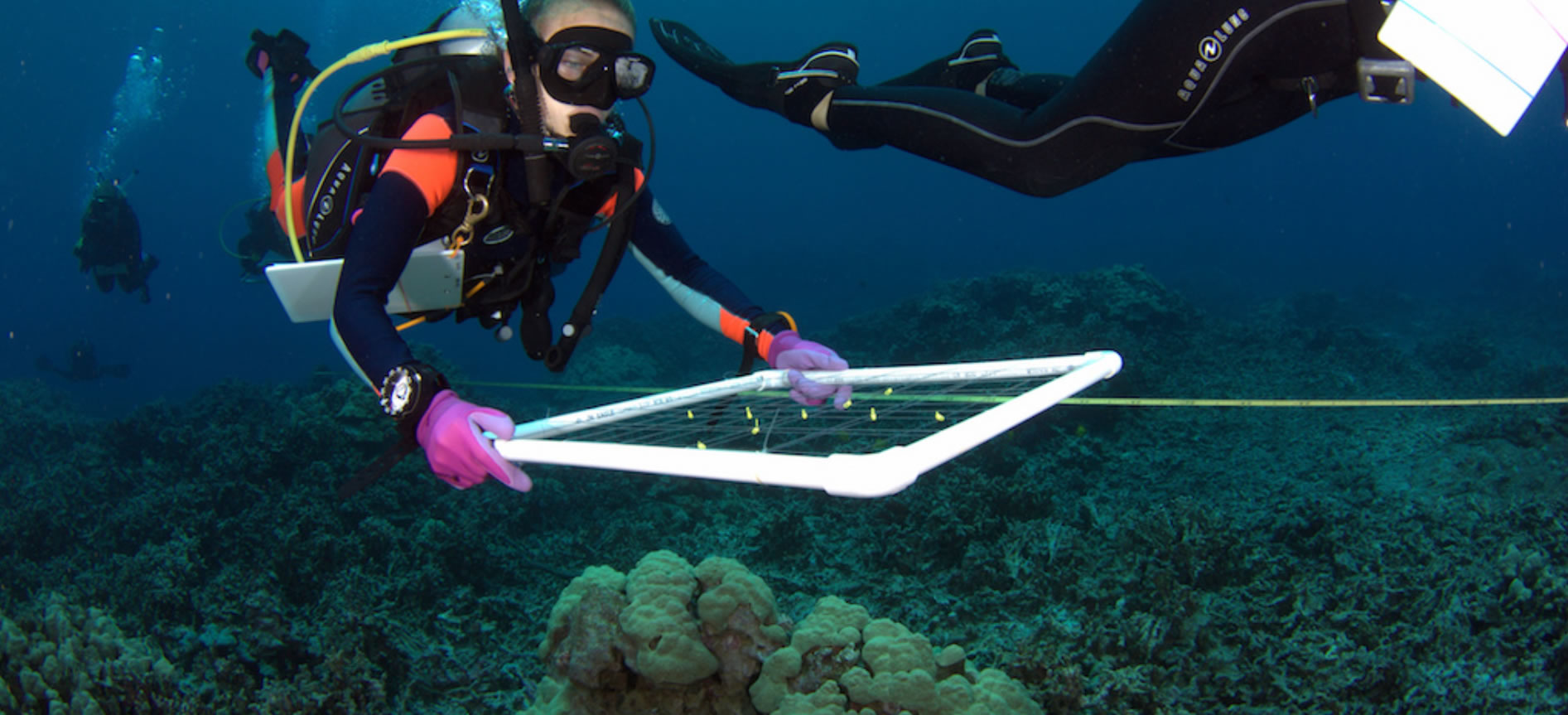
Additional NOAA citizen science projects:
- Battle of the Atlantic Shipwreck Study offsite link
- Beach Watch offsite link
- CARIB Tails offsite link
- Coastal observation And Seabird Survey Team offsite link
- CrowdMag offsite link
- Cyclone Center offsite link
- DISCOVER-AQ offsite link
- Dolphin & Whale 911 Smartphone App offsite link
- EcoCast: Improving Ecological and Economic Sustainability of Marine Fisheries Using Remotely-sensed Oceanographic Data offsite link
- Elkhorn Slough Volunteer Water Quality Monitoring offsite link
- "Evaluating the condition of marine resources in the Reserva Marina Tres Palmas, Rincon" offsite link
- Field Photo App offsite link
- First Flush offsite link
- Florida Microplastic Awareness Project offsite link
- Forecasting Harmful Algal Blooms in California offsite link
- Great Lakes Worm Watch offsite link
- I See Change offsite link
- IHO Crowd Source Bathymetry Pilot Project offsite link
- Intertidal Monitoring Partnership offsite link
- Long-term Monitoring Program and Experiential Training for Students offsite link
- National Weather Service Cooperative Observer Program offsite link
- Nature's Notebook offsite link
- Nonindigenous Aquatic Species Program offsite link
- Phytoplankton Monitoring Network offsite link
- Right Whale Sighting Advisory System offsite link
- San Gabriel River Sea Turtle Monitoring offsite link
- Sea Ice for Walrus Outlook offsite link
- Shoreline Debris Monitoring offsite link
- Social Science Study: What do you value on Georgia's Coast? Measuring and Mapping the Social Values of Ecosystem Services off of Georgia's Coast offsite link
- Southern Maine Volunteer Beach Profile Monitoring Program offsite link
- Stellwagen Sanctuary Seabird Stewards offsite link
- Summer Science in New England offsite link
- Team Ocean Science Diver Program offsite link
- The Delaware Bay Horseshoe Crab Survey offsite link
- The Hudson River Eel Project offsite link
- Urban Watch offsite link
- What's your water level? offsite link
Learn more!
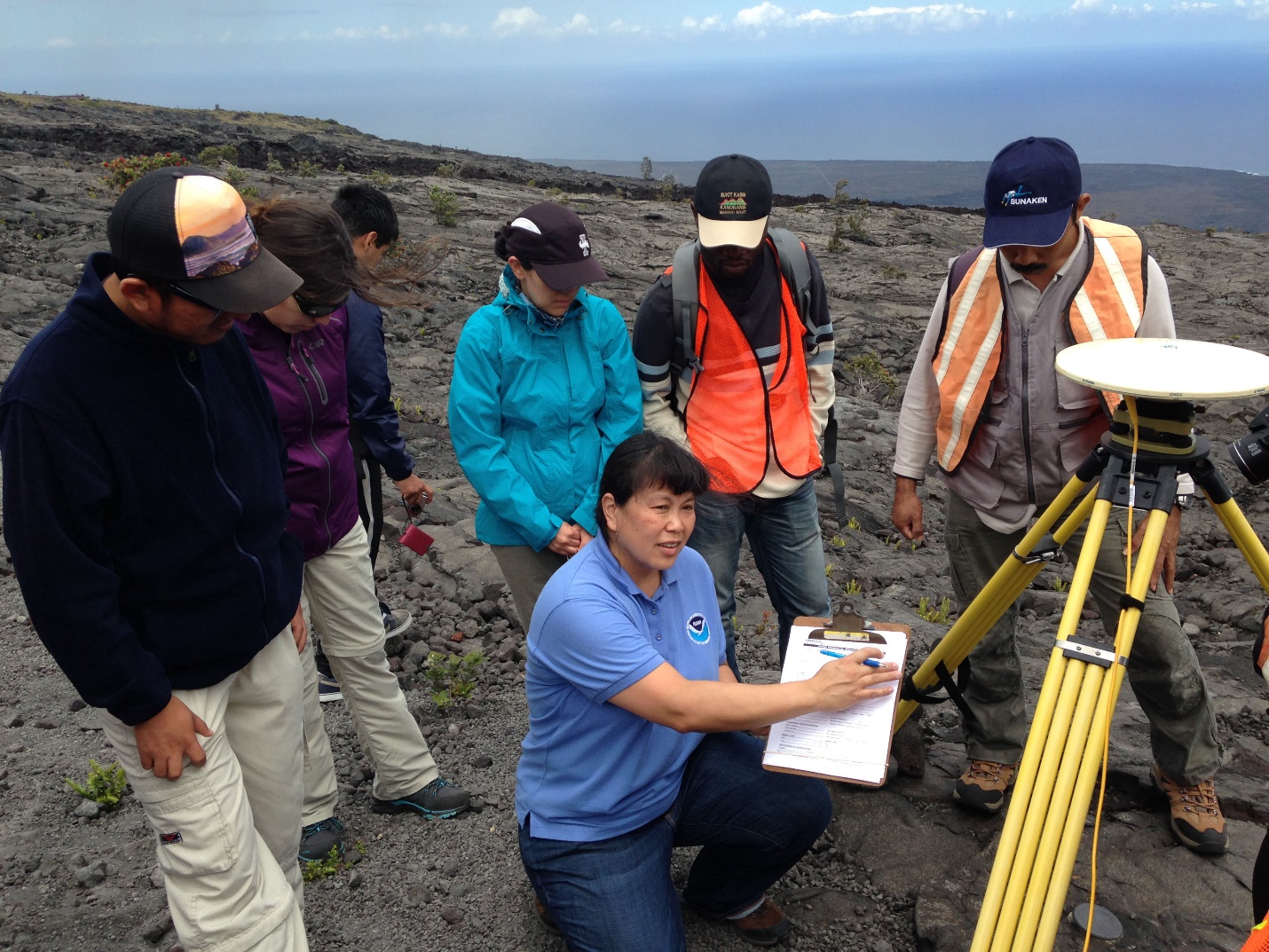
Citizen science resources:
- NOAA and Citizen Science: Information about NOAA's Office of Education community of practice, project catalog and dedication to citizen science through a broad range of activities
- NOAA and Volunteer Opportunities: More ways to become a NOAA citizen scientist
- CitizenScience.gov: Accelerating innovation through public participation
- Federal Crowdsourcing and Citizen Science Catalog offsite link: Details of more than 400 projects supported by 26 US agencies
- Federal Crowdsourcing and Citizen Science Toolkit: Step-by-step guidance on planning, designing and implementing projects
- Federal Community of Practice on Citizen Science and Crowdsourcing: An ecosystem of federally-supported services, STEM disciplines and sciences drawing on public participation
- SciStarter offsite link: Discover, join and contribute to science through over 1,600 research projects, events and tools
- Citizen Science Association offsite link: Uniting the expertise of educators, scientists and data managers
NOAA is grateful to our many partners and the growing number of volunteers championing citizen science across the nation.
Thank you for helping us enrich life through science.
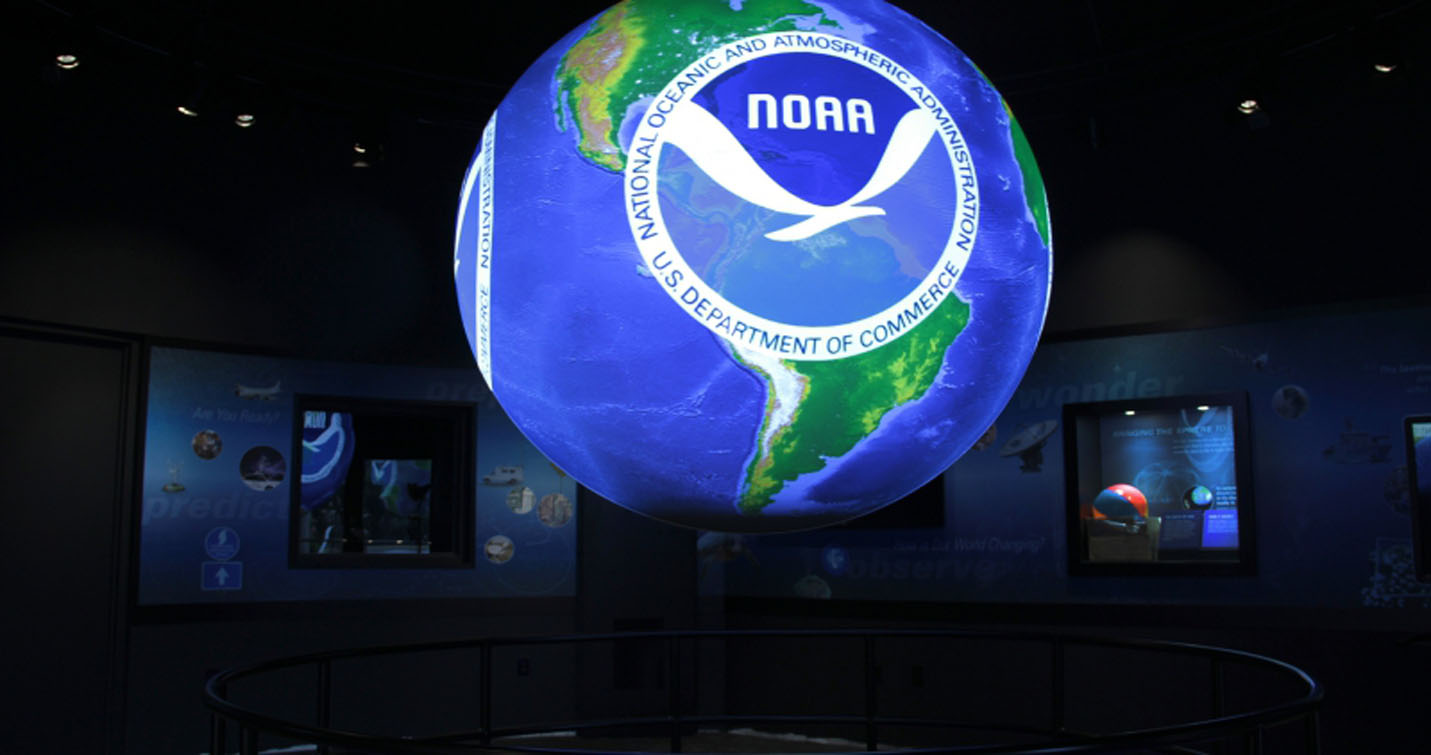
To view the original citizen science story map, please also see this version on the ESRI website offsite link.


